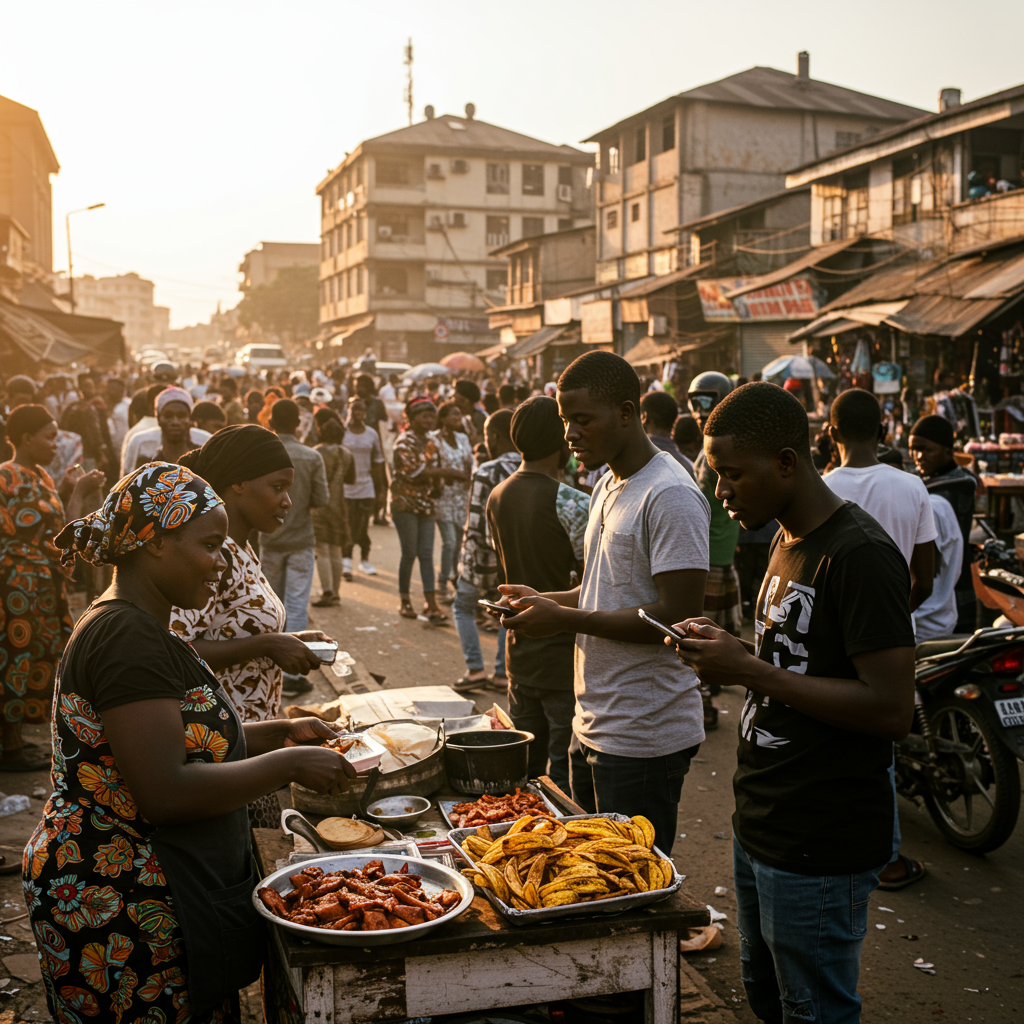Now Reading: Burnout Recovery: What I’m Doing Differently After Burning Out by May
-
01
Burnout Recovery: What I’m Doing Differently After Burning Out by May
Burnout Recovery: What I’m Doing Differently After Burning Out by May

Started 2025 with a vision board and big dreams? So did I — but by Q2, I was completely burned out. Here’s how I’m recovering and rebuilding with balance and purpose.
🧠 How I Burned Out So Early in the Year
I entered 2025 energized — with color-coded vision boards, goal trackers, intentional routines, and a strong belief that this was going to be my year. But somewhere between productivity hacks and back-to-back deadlines, I hit a wall. Hard.
Why?
- 📚 My MBA second-semester exams were more demanding than I anticipated.
- 💼 Work consistently bled into nights and weekends, far beyond healthy boundaries.
- ❤️ A close family member needed care, and I showed up — willingly — but left no margin for myself.
Burnout didn’t announce itself with a crash. It crept in, disguised as “just tired.” A few weeks of pushing through turned into full-blown mental and physical exhaustion.
🚩 Early Burnout Symptoms I Ignored
At first, I told myself I just needed a break or a nap. But my body knew better — and it kept the receipts.
- Waking up already tired
- Foggy thinking and forgetfulness
- Emotional reactivity and irritability
- Losing motivation for things I once loved
Burnout symptoms are sneaky. If you feel stuck in this fog, you’re not alone — and your body might be waving a red flag.
💡 The Moment I Knew Something Had to Change
The tipping point wasn’t dramatic. It was in the little things: struggling to focus, crying after simple conversations, dreading Mondays in a visceral way.
I had to admit: this pace wasn’t sustainable. My body wasn’t asking for rest anymore — it was begging for it.
🌿 My Burnout Recovery Plan (That Actually Helps)
Healing hasn’t been a “vacation fix” or a big dramatic pause. It’s been a quiet shift toward small, sustainable self-care habits that protect my energy and rebuild trust with my body.
Here are the five wellness practices I’ve committed to:
- Prioritizing sleep over late-night emails or scrolling
- Turning off notifications after work hours (and leaving them off)
- Saying no — without apologizing or explaining
- Daily walks, with no podcasts or distractions — just breath and movement
- Answering honestly when someone asks, “How are you?”
These are my boundaries now. Not as walls, but as safeguards.

💬 What I’m Still Learning About Burnout Recovery
I’m not “back to normal” — and maybe that’s a good thing.
I’m softer now. With myself. With my timelines. With how I define productive. The second half of this year won’t be a sprint. It’s going to be a walk — in pace with my values and energy.
And if I fall out of rhythm again? I’ll return to this list, this reflection, and this new version of self-care.
📈 Why This Matters (And What Google Says About It)
According to the World Health Organization, burnout is an occupational phenomenon, not a personal weakness.
Whether you’re a student, a parent, or a high-achiever — the signs of burnout deserve attention. Your well-being isn’t a luxury. It’s foundational.
💬 Let’s Talk: Have You Experienced Burnout?
- What signs did your body show you?
- What helped you recover (or are you still in it)?
👇 Share your experience in the comments.
Let’s stop glorifying burnout and start normalizing healing.







